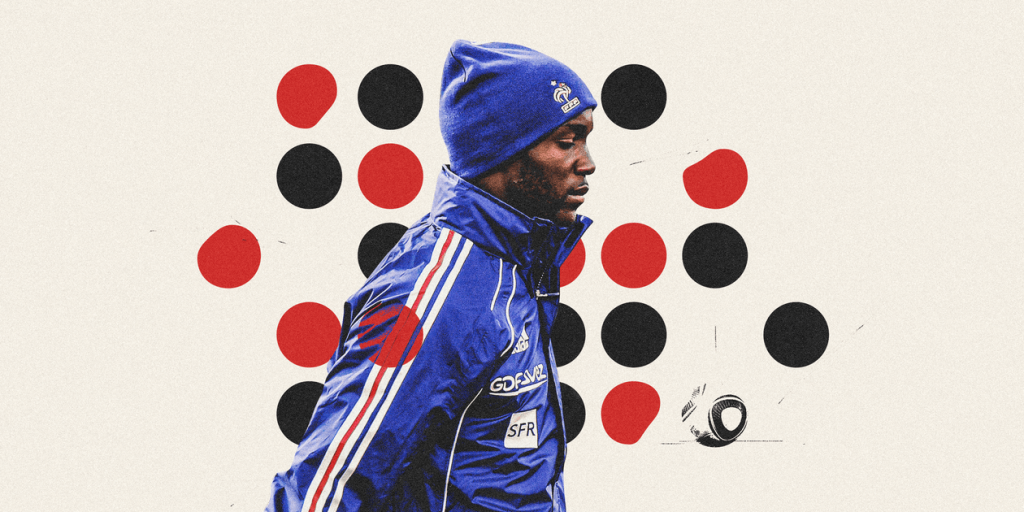In 2010, Lassana Diarra, who had played football for Chelsea, Arsenal, and Portsmouth, was preparing for the World Cup in South Africa. However, his dreams of competing were shattered when he was diagnosed with sickle cell anemia, a blood disorder in which the red blood cells develop an abnormal sickle or crescent shape. This disorder can lead to a variety of health complications and can severely impact an individual’s athletic performance. Sickle cell disease is particularly prevalent in people of sub-Saharan African descent and is thought to have evolved as a means of protecting against malaria. Despite the seriousness of the disease and its potential consequences, there is still a staggering amount of ignorance about it and its impact on athletics.
Sickle cell disease is caused by a gene mutation that affects the haemoglobin molecule that carries oxygen in red blood cells. Individuals with this disorder can experience painful episodes known as sickle cell crises, an increased risk of infections, and anemia, all of which can interfere with athletic performance. Healthline, a US healthcare information provider, indicates that Black people are at a significantly greater risk of contracting sickle cell disease. The sickle cell trait, which is slightly different from the disease in that individuals carry only one copy of the altered gene, is found in 1 in 4 West Africans and 1 in 10 Afro-Caribbeans.
Professional athletes like Geno Atkins, a former defensive tackle for the NFL’s Cincinnati Bengals; Billy Garrett Jr, a professional basketball player; and former NFL running back Tiki Barber, all have the disease. Despite the dangers of the condition, Atkins asserts that having the sickle cell trait should not necessarily exclude an athlete from participating in sports. However, certain precautions should be taken to prevent the athlete from being placed in potentially harmful situations, such as training in extreme heat.
Diarra’s diagnosis of sickle cell anemia came to light during a pre-World Cup training camp in 2010. The exhaustion and subsequent illness he experienced were reportedly triggered by the high altitude environment. Raymond Domenech, the manager of the French national team at the time, maintained that Diarra’s illness wouldn’t impact his career, but it meant he was unfit to participate in the World Cup at that time. However, it was a reminder of the significance of the condition and its potential to hamper an athlete’s performance, justifying the need for increased vigilance and screening in sports clubs and teams.
Emile Heskey, a former England international, has called for increased awareness and donor rates among Black heritage communities as part of his personal campaign against sickle cell disease. Two of his children have been diagnosed with the sickle cell gene. “We need a whole new generation of blood donors, especially people of Black heritage,” he stated. “Because they are more likely to donate better-matched blood to treat people with sickle cell disorder.” There is a need to constantly highlight the significance of the disease to generate more public awareness and interest in its prevention and treatment.
Several treatments for sickle cell disease have been approved worldwide, with the US Food and Drug Administration (FDA) approving the therapy called Casgevy from Vertex Pharmaceuticals and CRISPR Therapeutics in December 2023. In the same year, the UK also approved this treatment, marking it a historical moment for the sickle cell community. However, the gene-editing sickle cell drug has not been given the green light for use in the National Health Service (NHS), as it requires more evidence and data. The unpredictable nature and potential fatal impact of sickle cell disease necessitates a continued advocacy for more extensive studies, awareness, and treatments within both sporting communities and the public.


